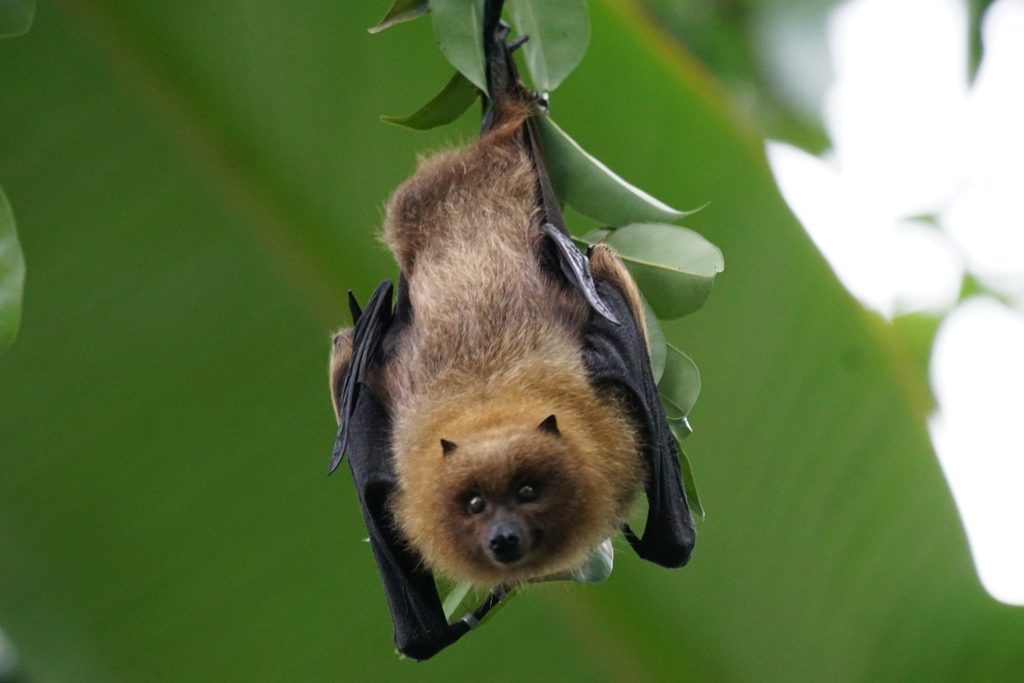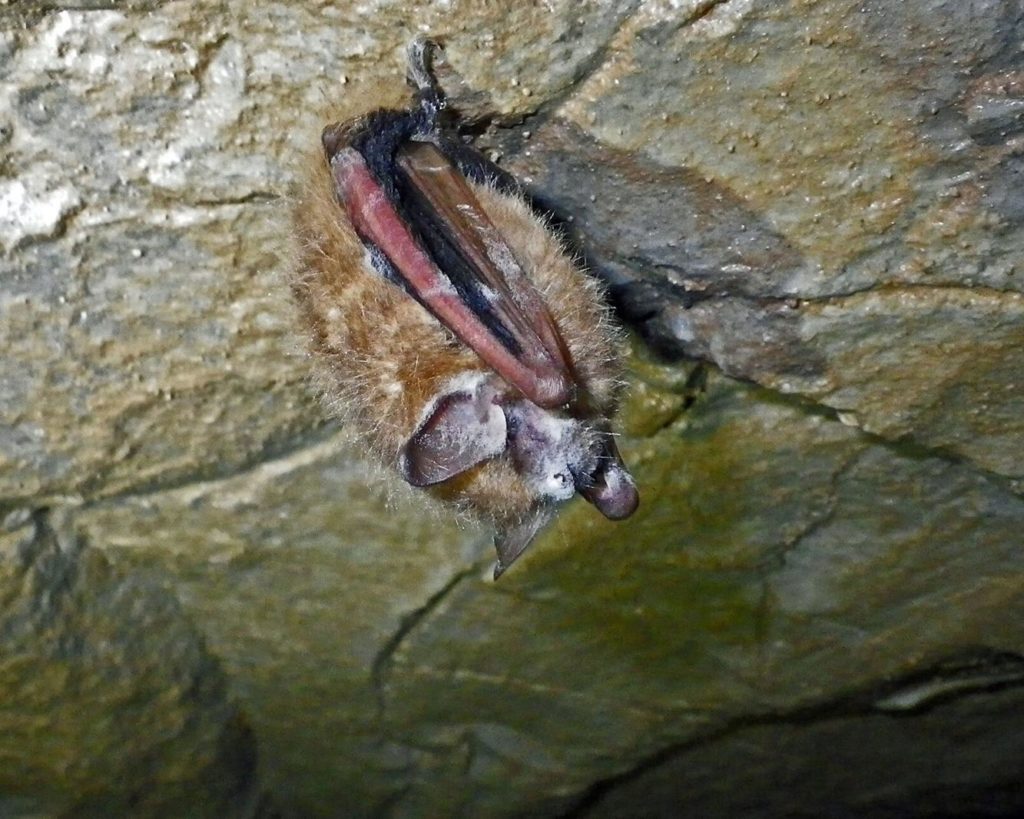
The fungus has been around for a while but just got to Louisiana.
Louisiana has long managed to avoid an outbreak of a powdery fungus decimating bat populations across the nation. That is, until now. The fungus that causes white-nose syndrome in bats was confirmed for the first time in Louisiana, the state Department of Wildlife and Fisheries announced this week. Scientists found the fungus on Brazilian free-tailed bats between Shreveport and Alexandria in Natchitoches Parish during sampling last year. White-nose syndrome doesn’t harm humans, but for bats, the disease is especially deadly. Considered one of the worst wildlife diseases in modern times, white-nose syndrome has killed more than 6 million bats in North America since it was discovered in a New York cave 15 years ago. The mysterious and incurable disease has been found in 37 states and seven Canadian provinces. It’s likely Louisiana will soon join the list, said Nikki Anderson, a biologist with Wildlife and Fisheries.
nola.com

Courtesy of the U.S. Fish and Wildlife Service
The disease has not been seen but it shows up years after the discovery.
The Natchitoches bats found to have the fungus didn’t show signs of illness, but white-nose syndrome usually appears three and five years after the fungus is first detected. The fungus digs into the hairless parts of a bat’s skin – usually the nose, ears and wings – causing lesions and irritation that make hibernating bats wake up and flap around when they should be resting. This increased activity causes dehydration, exhaustion, the rapid loss of fat reserves, and eventually death. The disease thrives in cool, damp conditions, usually flaring up when bats are hibernating in caves and other enclosures. “The good thing is Louisiana stays warm most of the year, and that may help bats in the future,” Anderson said. But, she added, the disease has been killing bats in Texas, Arkansas and Mississippi – the three states surrounding Louisiana – so it seems inevitable that Louisiana’s bats will suffer losses.
It might help the bats but not humans.
That’s bad for anybody who eats food and dislikes mosquito bites. Bats give U.S. farmers about $4 billion worth of free pest control each year, targeting moths and other insects that eat various food crops, according to the U.S. Fish and Wildlife Service. Bats also go after disease-spreading insects like mosquitoes. “And we have plenty of mosquitoes in this state,” Anderson said. “We don’t need any more.” Of Louisiana’s 12 bat species, seven are susceptible to the fungus and three – the tri-colored, big brown and northern long-eared bats – can develop white-nose syndrome. About 90% of tri-colored and long-eared populations have died from the disease in less than a decade, according to a recent multi-state study by the Fish and Wildlife Service and the U.S. Geological Survey. Federal wildlife managers recently proposed granting the long-eared bat increased endangered species protection due rapid die-offs from the disease.

Courtesy of the Progressive Animal Welfare Society
No one knows where the disease came from.
No one really knows where the fungus came from or how to stop it. Wildlife managers mostly focus on trying to limit its spread. For instance, people who visit caves in national parks are instructed to disinfect their shoes when exiting. “It’s a rather tricky disease,” Anderson said. “The feds have been funding treatment studies for years, but nothing’s been found yet.”
Bats re a necessary part of our ecosystem and on days with a lot of mosquitos I wish I had bats to combat them!

